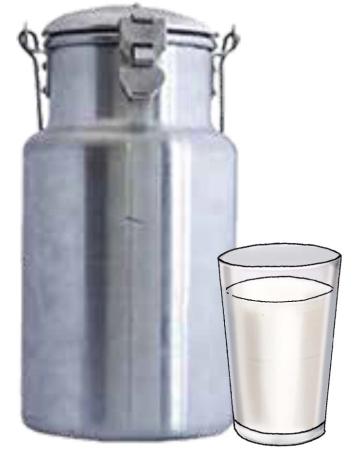Updated Generic C-IYCF Counselling Package, 2024 (UNICEF | 2024)

Key Messages
Included Images

|
Breastfeeding - Breastfeeding 7-9pm 6-9 mo - 05 - Non-country specific by UNICEF/URC-CHS |

|
Food - Vegetables and Fruits - 00R - Non-country specific by UNICEF/URC-CHS |

|
Food - Beans - 00J - Non-country specific by UNICEF/URC-CHS |

|
Food - Eggs - 00D - Non-country specific by UNICEF/URC-CHS |

|
Food - Milk - 00c - CIYCF23 by UNICEF |

|
|

|
Food - Meats - 00b - CIYCF23 by UNICEF |

|


